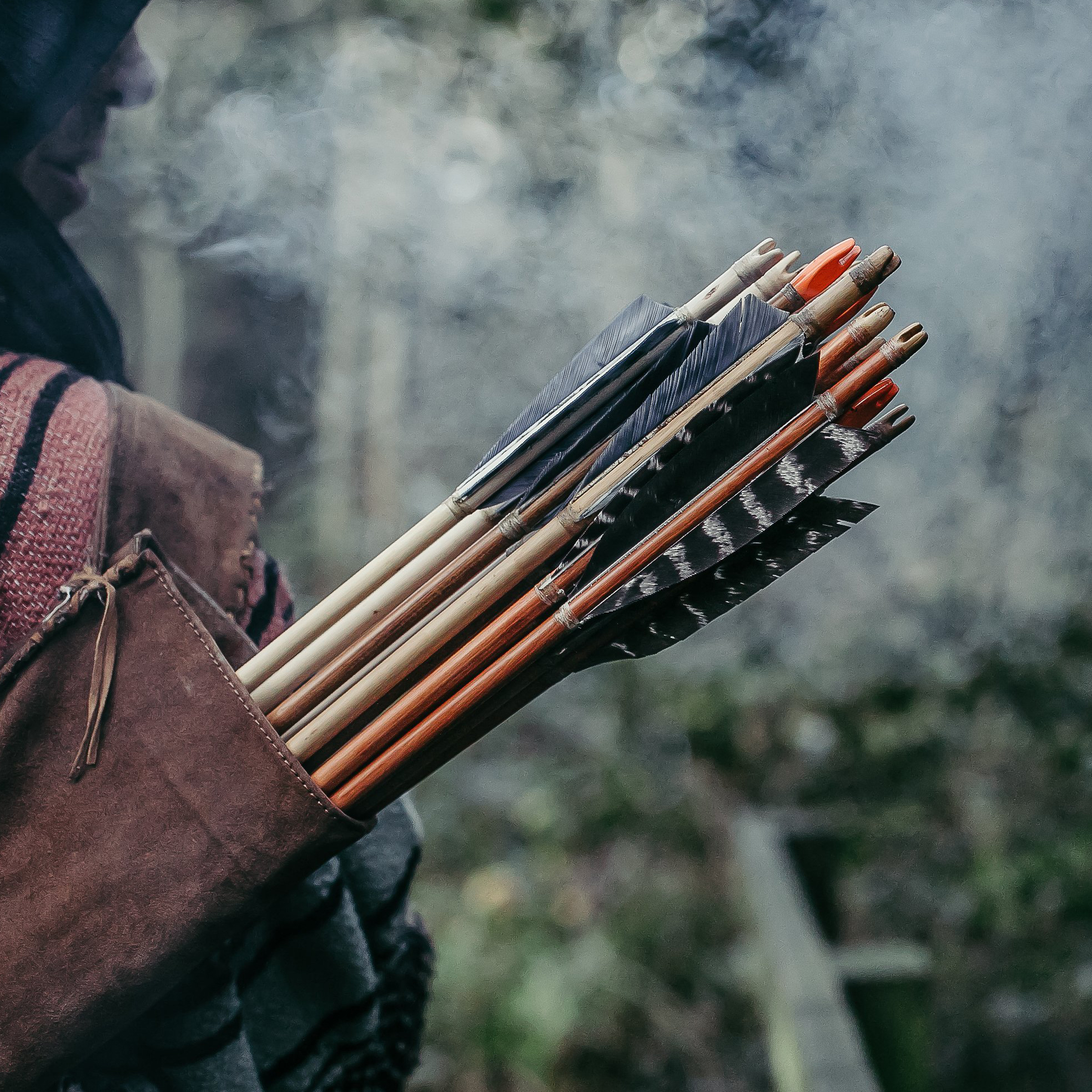Traditional Bowmaking – Adults
£150.00
Date: 17 July, 2021
Learn the traditional art of bow making
Sheviock, SE Cornwall
In stock
It seems bow-making entered John Fairhurst’s DNA as a young boy ever since his Dad made his first bow. When that one broke he started making his own and since then his interest has grown and grown.
Some time around 70 - 50,000 years ago humans developed the first bows. Evidence of them is to be found across the globe and in some communities they are still an essential part of life.
It has been said that only certain types of wood can be used for bow making but research and the rediscovery of nearly forgotten knowledge shows that they can, in fact, be made and have been made from a wide variety of materials. For example, the Inuit peoples of Eastern Canada had little wood and so used whalebone, the San people of the Namibian desert make small bows from the scrubby bushes growing in the desert and the famous English longbow was made from elm, ash and yew abundant in British forests.
Form and design followed function and the availability of materials, to encompass a wide variety of styles the world over. Whether it be a simple wooden self bow or a complex Korean horn and sinew bow of multiple parts and the highest work of the master craftsman, the principles of bow making remain the same.
John’s knowledge has developed over time and his daily reading of the bible.... *The Traditional Bow Maker’s Bible!, many bows made and broken, visits to museums and many informative youtube videos and books have all added to that knowledge.
Fairhurst’s bows are not only practical working tools but are beautiful artworks in themselves. They represent a variety of styles and types from across the globe and throughout the history of the bow.
He uses a range of woods and using only simple hand tools, heat and his own physical strength to fashion his bows and arrows.
He regularly works with laburnum, sycamore, yew, elm, hazel, blackthorn and hawthorn, which he harvests and seasons himself and which are all from sustainable sources within the UK. He has begun to work with bamboo, horn, animal sinew and rawhide, making his own glues from natural materials from sustainable sources.
John feels it is inappropriate to use increasingly rare tropical hardwoods from the ever-decreasing rainforests when there are perfectly good materials to hand nearby, which his research and work has shown to be true.
